Frederica Freyberg:
Nearly 92,000 contacts related to mental health and substance use support came across the 988 Wisconsin Lifeline in its first full year of operation. The Department of Health Services says the lifeline system has reduced pressures on other emergency systems and reports that 98% of interactions were deemed resolved. For more on the state’s mental health resources, we turn to DHS Secretary-designee Kirsten Johnson. Thank you for being here.
Kirsten Johnson:
Thank you for having me.
Frederica Freyberg:
Were you surprised by the 92,000 number of contacts in the first year of this 988 service?
Kirsten Johnson:
I don’t think I necessarily was surprised. I think it really demonstrates the need we have in Wisconsin and across the country, frankly, to meet people where they are immediately in real time when they need support around mental health.
Frederica Freyberg:
So if someone calls the 988 line and they are in crisis, mental health crisis, what will they get on the other end?
Kirsten Johnson:
Sure. They’ll get someone who is trained to deescalate a scenario or situation if someone is in danger. They will also get someone who’s trained to talk them through how to find support within their community, potentially connect them with other resources, a provider if they needed a behavioral health provider, and if it truly is a scenario where there’s a crisis and an action happening, they can be connected to emergency services.
Frederica Freyberg:
What does it mean to say that 98% of the contacts are resolved?
Kirsten Johnson:
Sure. So that’s a really good question. That means 98% of the calls that are answered are resolved in terms of the person is comfortable hanging up the phone. The individual who is working at the 988 call center feels comfortable that they are safe, and depending on the scenario, there may be a follow-up call scheduled if the individual is comfortable sharing their personal information, contact information, there may be a case manager that’s assigned to a follow-up, but that means when they hang up the phone, the person in the call center feels comfortable that that person is safe.
Frederica Freyberg:
And these calls could presumably take some time. Right? I mean, how long do people spend on the phone with people who really need that help?
Kirsten Johnson:
So the average call is about 20 minutes, but that’s average. So it’s interesting. I just asked this question earlier of the 988 staff, how long — so a text message could potentially take up to two hours, people disclose more information through the text services but on average, calls are about 20 minutes.
Frederica Freyberg:
How do the resolutions, the cases, the calls that are resolved, free up other services that might otherwise be called upon?
Kirsten Johnson:
That’s also an excellent question. About two-thirds of callers are actually repeat callers, so they’re people who now recognize that this is a resource that they can access. It has alleviated some of the demands on our crisis call centers in our counties. It also alleviates some of the demands on our 911 call centers so people who are really calling because they need that immediate touch point. They just want somebody to talk to, actually have an outlet and someplace to call where they have a warm body who is talking them through whatever the scenario they’re currently in.
Frederica Freyberg:
Because outside of this lifeline, what does access to non-emergency mental health service look like across the state right now?
Kirsten Johnson:
Certainly, we have challenges in terms of access to care. I mean throughout the pandemic, I think we had challenges around mental health and access to mental health services before the pandemic. They were certainly exacerbated over the course of the last 3-1/2 years. So there are long wait times to get into mental health and behavioral health providers. This is a touch point for people. I’ve also learned from the staff that the people who continually call back may have an appointment six months out, nine months out, but because they have a contact that they know they can call either weekly, every few weeks, or somebody that they trust, that they may not need that sort of crisis level in six or nine months, that they are able to talk through what their anxieties are. What some of those issues are that they’re experiencing in real time and have them resolved to some degree.
Frederica Freyberg:
Because I was thinking that if someone — one of the call takers on the line offers resources to people who call, they might be kind of thin. Right? Or they call and it’s like, yeah, like you say, six months out, that kind of thing, so I can see that repeat kind of call-back. Are the pressures of daily life and the overall need for help greater right now?
Kirsten Johnson:
You know, I think that there was certainly an increased need for behavioral health services before the pandemic, like I mentioned. I do think they’ve increased post-pandemic. We really went through three years of upheaval in terms of, you know, income and, you know, access to childcare and having to work from home and children at home and kids at home and remote work and remote school. I think there’s been a lot of change in our society over the course of the last 3-1/2 years, and I think people are really struggling.
Frederica Freyberg:
Do you feel as though this 988 service and kind of the discussion around it and the promotion of it helps combat the stigma of mental health issues?
Kirsten Johnson:
I think it has. I do think it has. And I do think that has actually over the course of the last five years, even pre-pandemic. People are talking more about their personal challenges and struggles. I think another outlet for people has been social media, which is both a blessing and a curse in terms of people are more forthcoming about what they’re experiencing in their lives. The flip side of that is there’s a tendency to portray perfectionism, which I think is challenging for kids to try to feel that they’re not good enough, they’re not — they’re not good enough when they compare themselves to others on social media. But again, I do think there has been an increased need over the course of time and I think that people are more willing to reach out and ask for help.
Frederica Freyberg:
In sum, what message to people who might need help do you have?
Kirsten Johnson:
That there is help. That there is hope. That there are outlets. That you can call 988. The other really valuable tool that we have at 988 in Wisconsin is it’s connected to 211, which is a robust system of resources. So those 988 — the people answering the phone are able to give local resources to people who call, and I think it’s a tremendous value to Wisconsinites.
Frederica Freyberg:
All right. Kirsten Johnson, thanks very much.
Kirsten Johnson:
Thank you for having me.
Search Episodes
News Stories from PBS Wisconsin

Donate to sign up. Activate and sign in to Passport. It's that easy to help PBS Wisconsin serve your community through media that educates, inspires, and entertains.
Make your membership gift today
Only for new users: Activate Passport using your code or email address
Already a member?
Look up my account
Need some help? Go to FAQ or visit PBS Passport Help
Need help accessing PBS Wisconsin anywhere?

Online Access | Platform & Device Access | Cable or Satellite Access | Over-The-Air Access
Visit Access Guide
Need help accessing PBS Wisconsin anywhere?

Visit Our
Live TV Access Guide
Online AccessPlatform & Device Access
Cable or Satellite Access
Over-The-Air Access
Visit Access Guide
 Passport
Passport


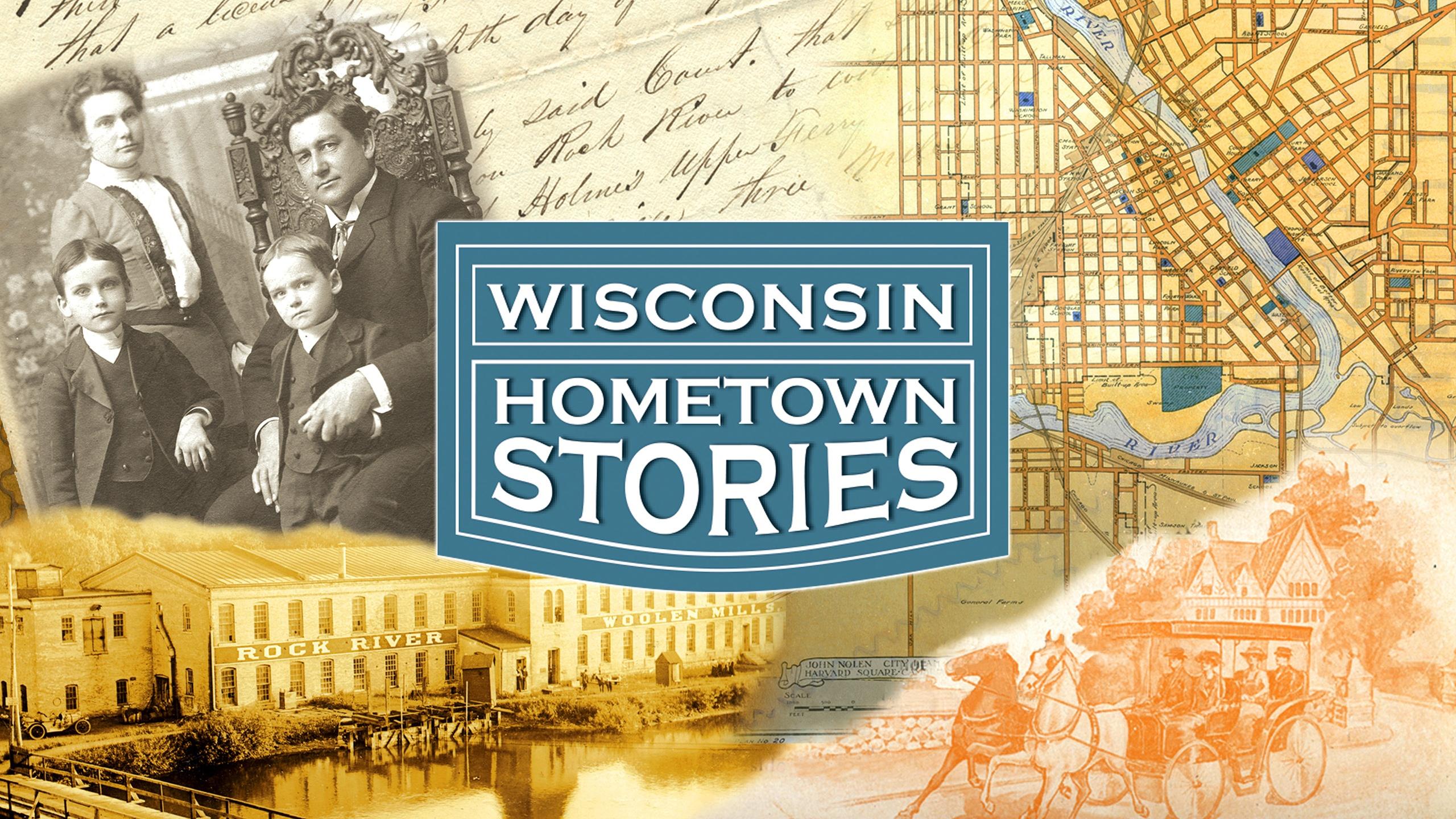


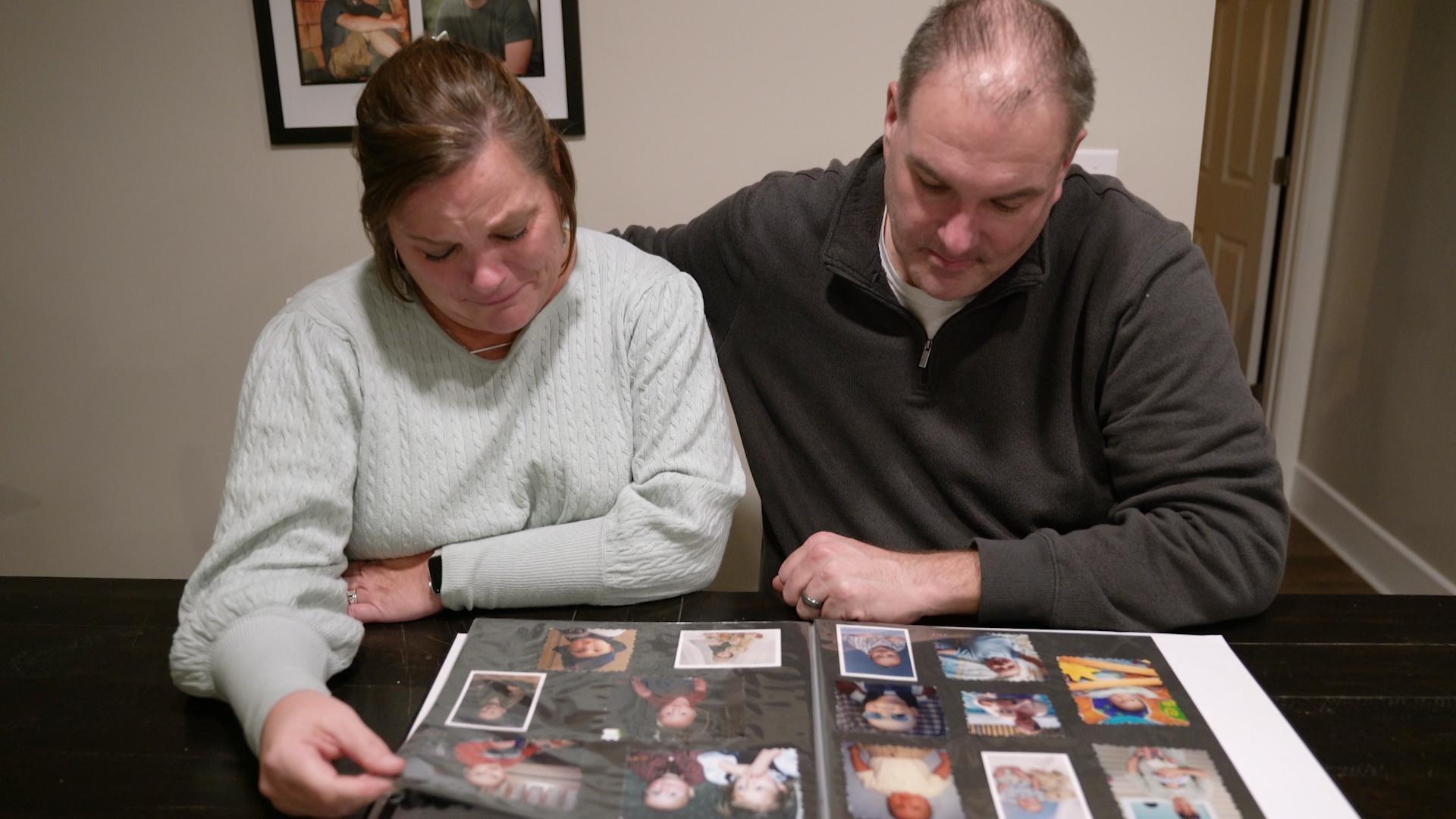
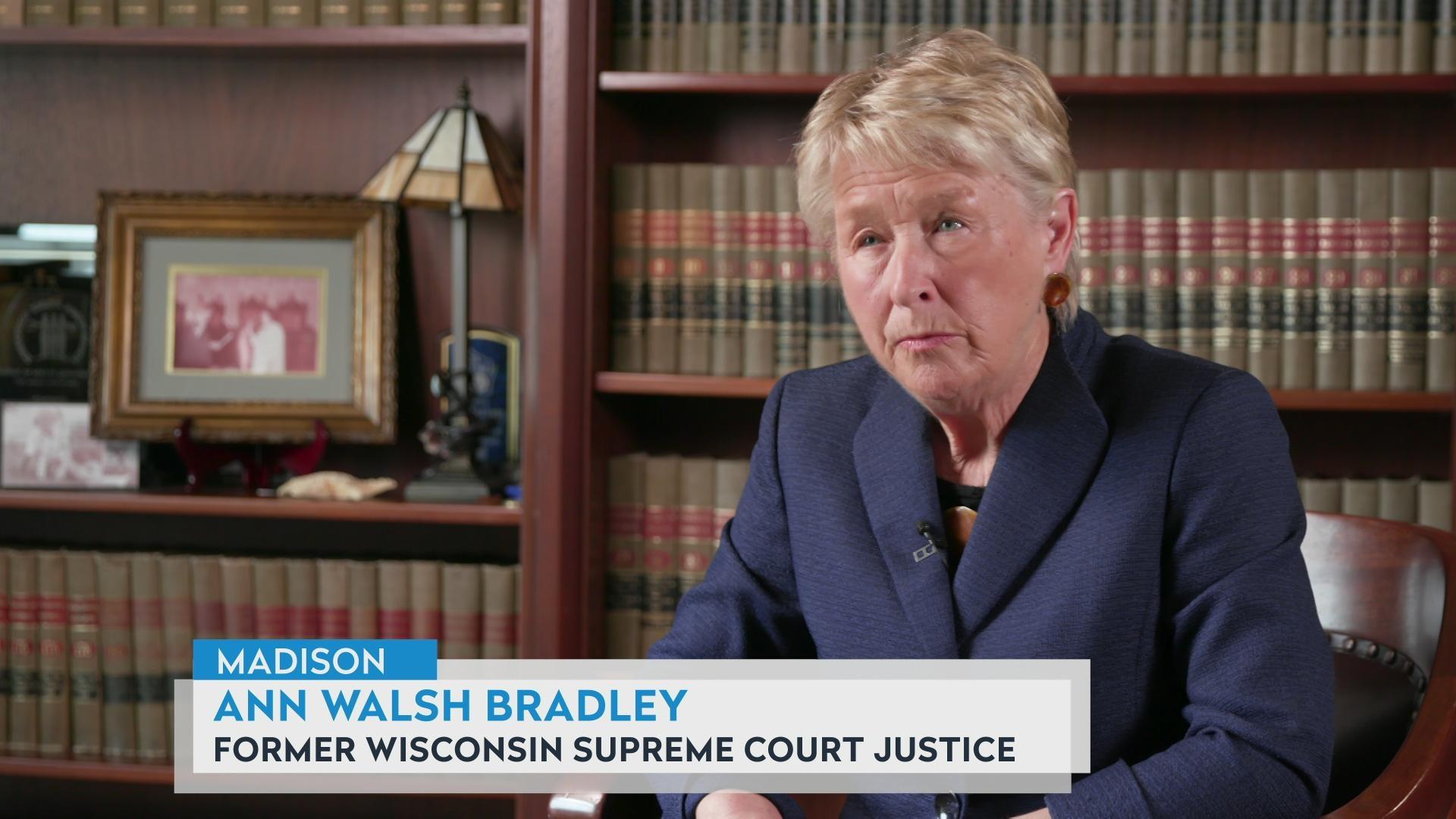
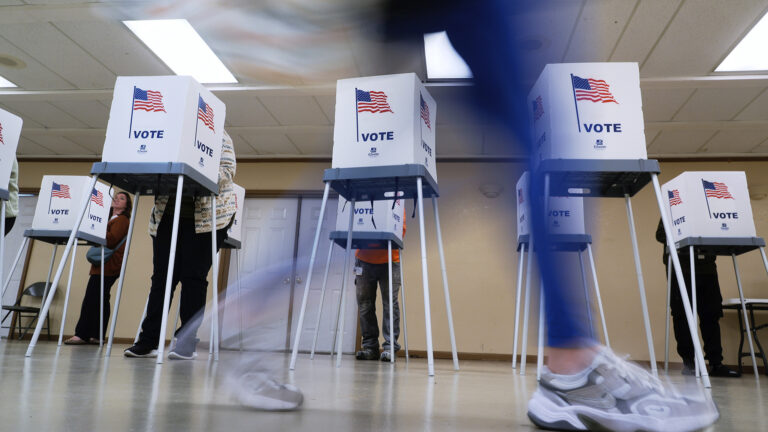
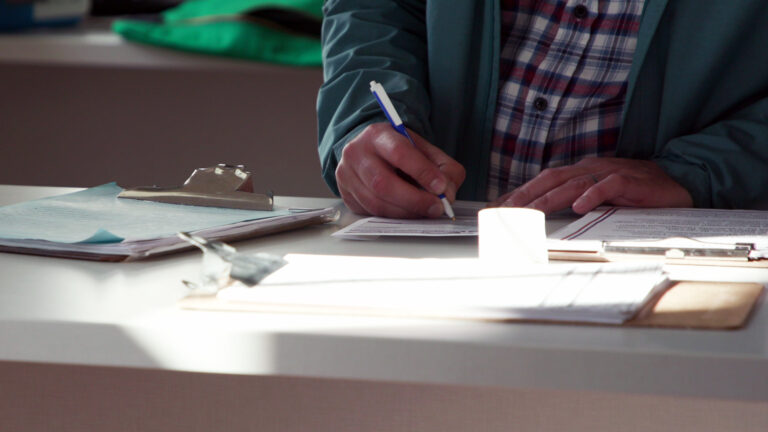
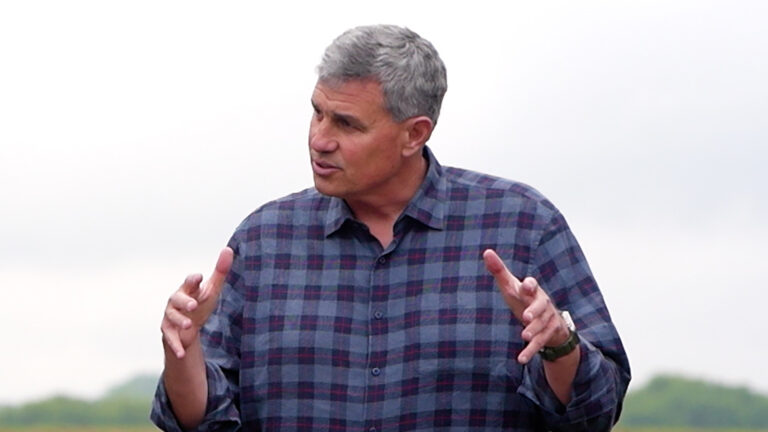
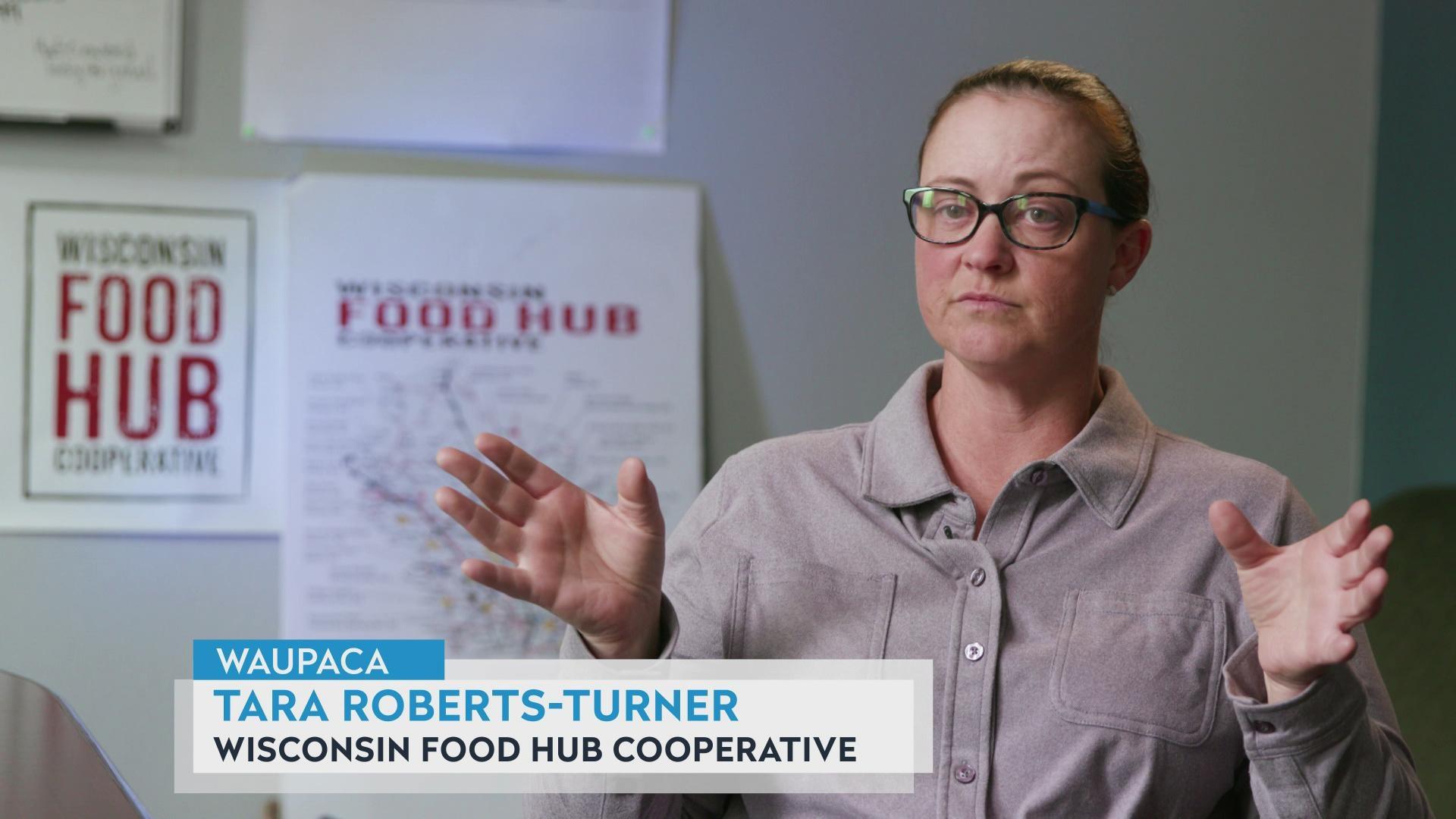
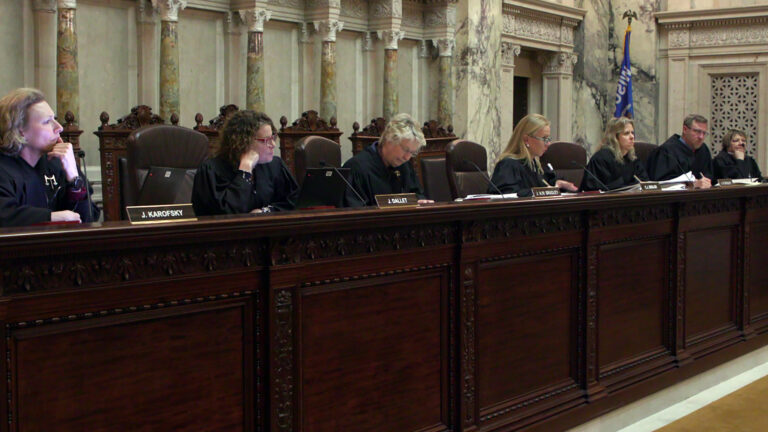


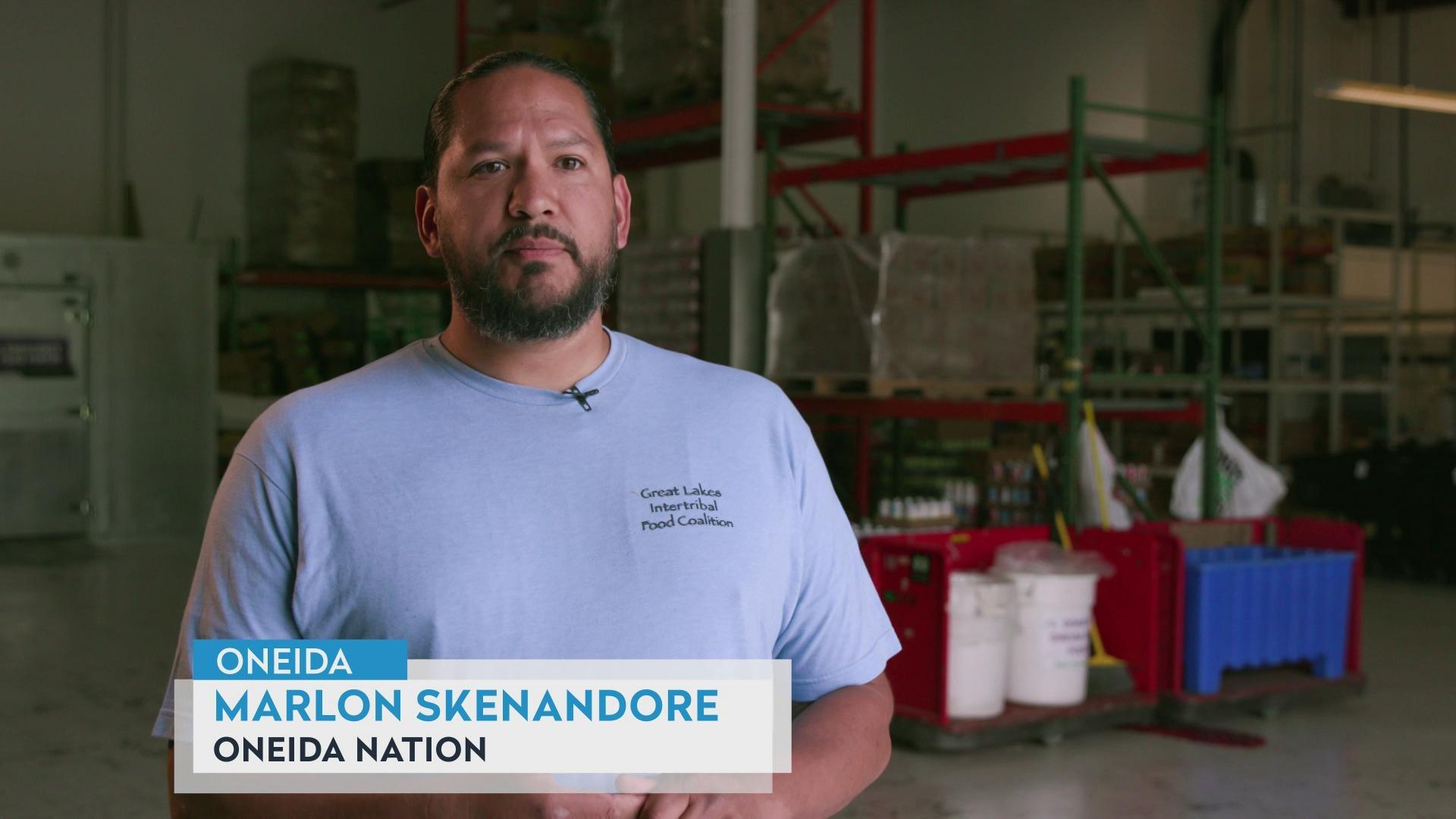
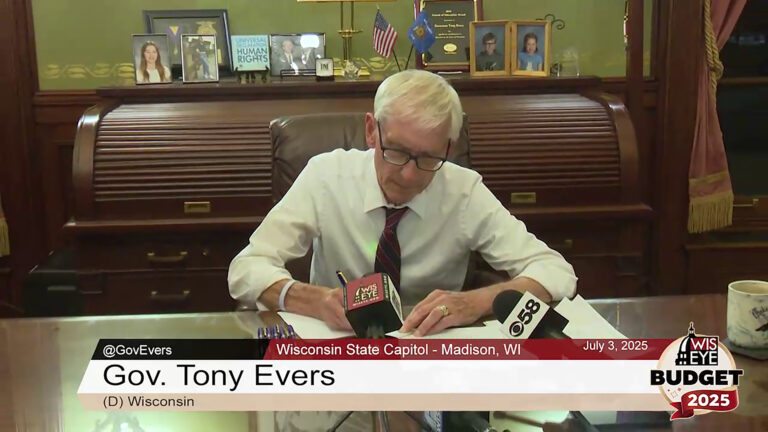
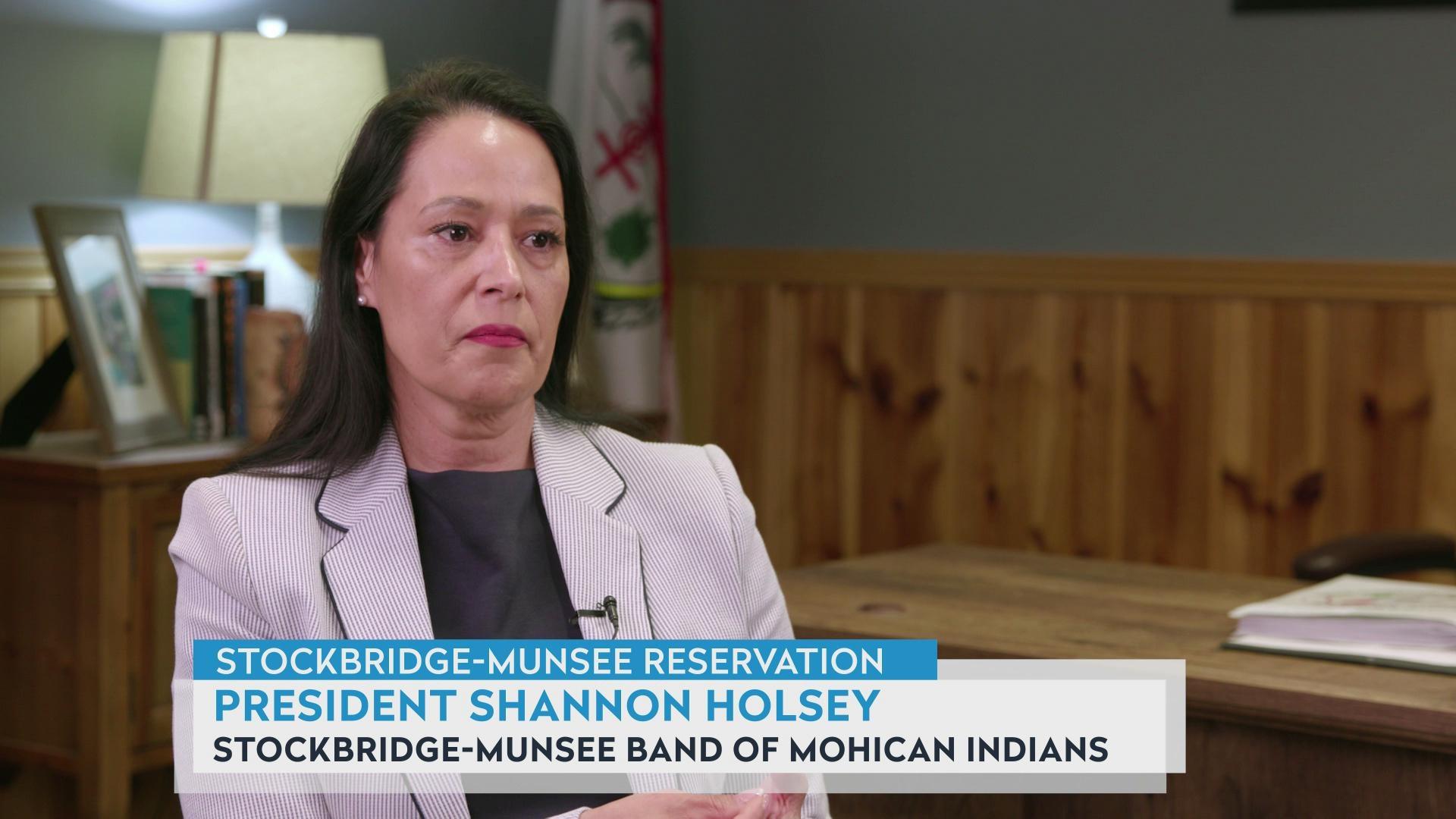

Follow Us